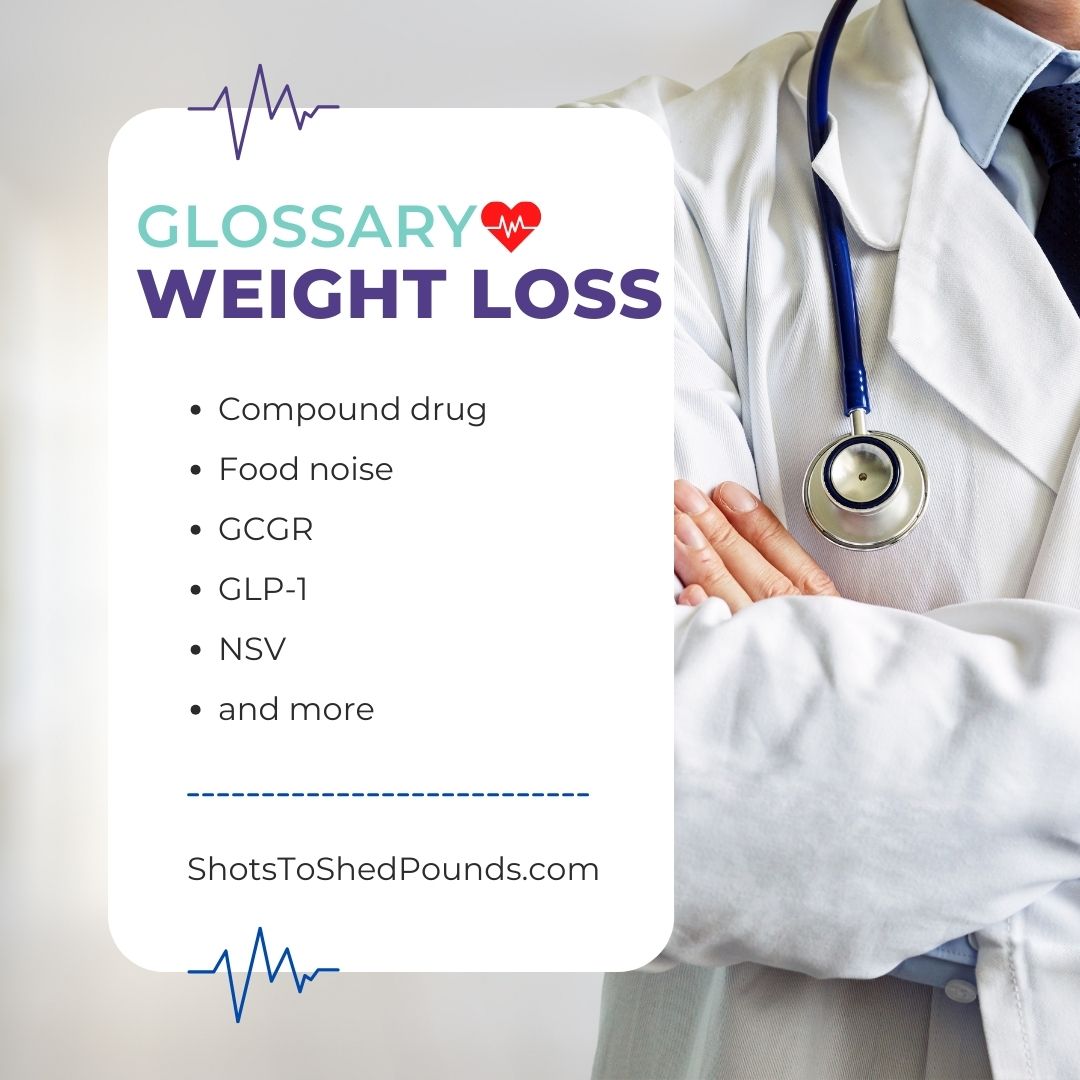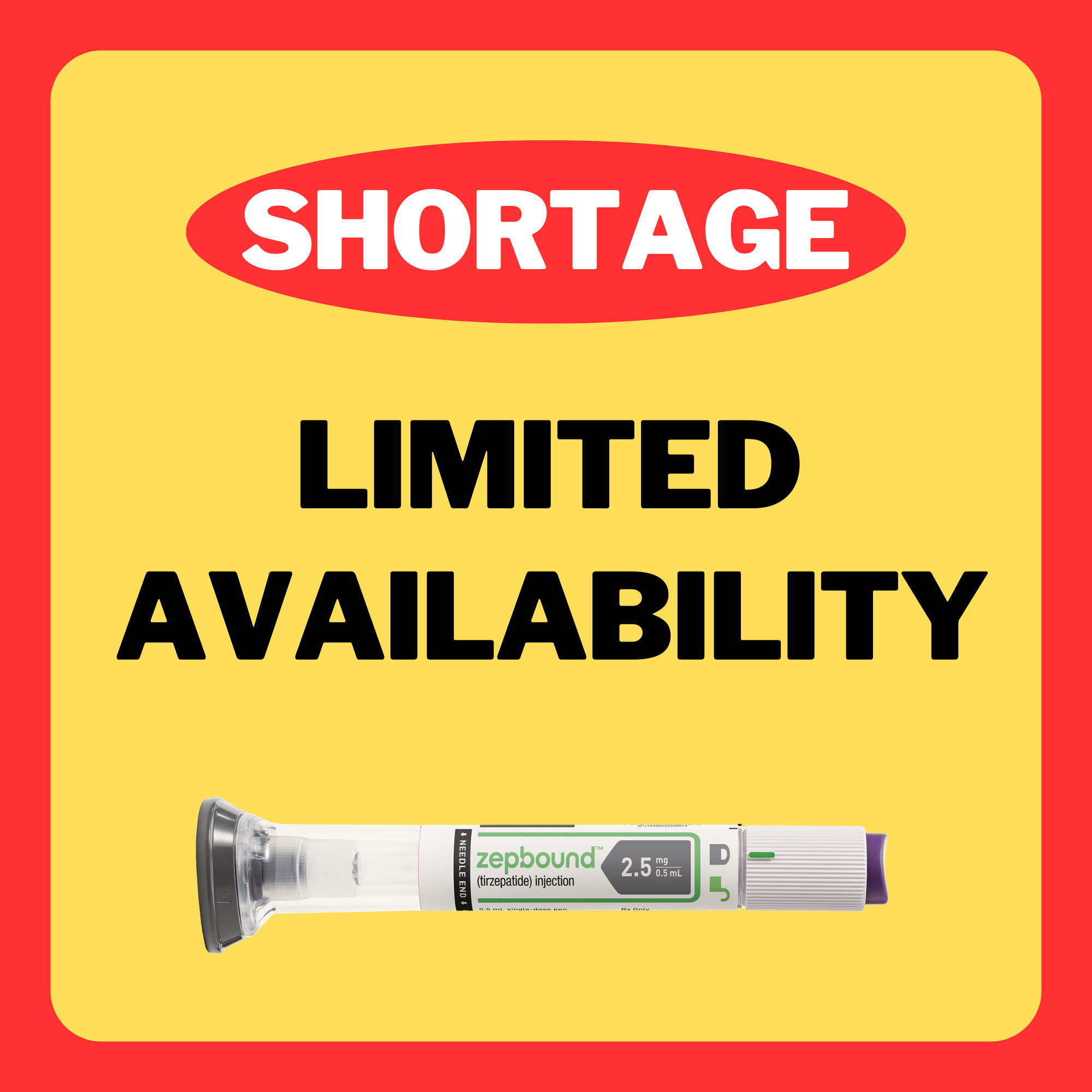Retatrutide guide: All about the clinical trials
This retatrutide guide focuses on “LY3437943,” a drug currently in clinical trials. When approved, it could improve the health of millions of obese and overweight people around the world. Shots to Shed Pounds will follow the remaining retatrutide clinical trials and update this guide with everything you need to know about this potentially game-changing weight loss drug.
Developed by Eli Lilly, retatrutide is the pharmaceutical industry’s first triple agonist (triple-G) incretin drug for weight loss. It targets three receptor hormones in the body to help regulate appetite and metabolism.
In the news: New ‘Godzilla’ weight loss jab is even better than Ozempic, study suggests
Retatrutide works by activating the body’s GLP-1, GIP, and glucagon receptors. These hormones are crucial in regulating hunger, your feeling of fullness, and energy expenditure. By targeting all three of these receptors simultaneously, retatrutide can effectively reduce food intake while increasing metabolic rate. By taking retatrutide, you won’t feel as hungry, will feel fuller longer after eating, and will burn more calories.
While FDA-approved tirzepatide (approved as Zepbound for weight loss and Mounjaro for type 2 diabetes treatment) is a dual agonist (GLP-1 and GIP), retatrutide is generating buzz for its potential to revolutionize weight management. Clinical trials show it is more effective than tirzepatide or semaglutide when it comes to weight loss.
Here’s everything you need to know about retatrutide.
Retatrutide summary
Retatrutide is a promising drug that has the potential to revolutionize weight loss for individuals seeking an effective triple-agonist treatment. Its unique mechanism of action and clinical trial results suggest that it may provide significant benefits for weight management,.
This triple-agonist drug works on the following receptor hormones:
GLP-1
Glucagon-like peptide-1 incretin hormone promotes insulin secretion and slows gastric emptying so you feel full longer.
GIP
Glucose-dependent insulinotropic polypeptide (formerly gastric inhibitory polypeptide) stimulates insulin production.
GCGR
Alpha cells in the pancreas secrete the hormone glucagon. This agonist receptor stimulates the liver, which in turn produces insulin.
Retatrutide pros
Retatrutide cons
this drug is experimental and not yet FDA approved.

My experience with retatrutide
I do not have firsthand retatrutide experience. Had I been forward-thinking, I would have focused on joining a retatrutide (or CagriSema) clinical trial instead of starting my journey with Zepbound (tirzepatide). Eli Lilly, makers of Zepbound, say that drug shortages could last into 2025. I’m extremely pleased with my progress on Zepbound, but I wish the refill process wasn’t so arduous.
Participating in a clinical trial of a similar drug, such as retatrutide, could have alleviated those headaches. However, many clinical trials are double-blind and include a placebo, so there is no guarantee I would have received the actual weight loss drug.
What pharmaceutical company makes retatrutide?
U.S.-based Eli Lilly is developing and testing the experimental drug retatrutide.
Is retatrutide available as a prescription?
Not yet. Lilly is in phase 3 of its Triumph clinical trials to test for retatrutide’s efficacy and safety.
When could retatrutide get FDA approval?
If all goes well in the phase 3 trials, retatrutide could receive U.S. Food & Drug Administration approval sometime in 2026.
Who is retatrutide for?
This drug will help these communities:
- Type 2 diabetics
- Obese individuals with a BMI of 30 or higher
- Overweight individuals with a BMI of 27 to less than 30, plus at least one weight-related condition
- Sleep apnea sufferers
- People with osteoarthritis
Once approved by the FDA, what conditions will doctors prescribe retatrutide for?
The trials will determine how effective the drug is in regard to treating:
- type 2 diabetes
- obesity
- osteoarthritis
- obstructive sleep apnea
- nonalcoholic fatty liver disease
Doctors may eventually prescribe retatrutide to treat any or all of the above conditions.
How is retatrutide dosed and delivered?
The drug is delivered as a once-weekly subcutaneous at-home injection. During Lilly’s phase 2 clinic trials, retatrutide was dosed at 1mg, 4mg, 8mg, and 12mg.
What benefits does retatrutide provide?
Here are a few of retatrutide’s benefits. See the full results of Eli Lilly’s phase 2 clinical study in this report by The New England Journal of Medicine.
Weight loss
In retatrutide’s phase 2 clinical studies, the drug achieved up to 17.5% (41.2 pounds) mean weight reduction at the 24-week mark. Weight reduction rose to up to 24.2% (57.8 pounds) at week 48 of the trial.
Improved blood pressure
Study participants had 24/7 blood pressure monitoring, which showed improved heart rate and systolic and diastolic blood pressure. In fact, 41% of participants were able to stop taking at least one antihypertensive medication.
Improved lipid panels
Participants also saw improved lipid levels — except for high-density lipoprotein (HDL cholesterol — at 24 and 48 weeks.
Reversal of prediabetes
At 48 weeks, 72% of testers who entered the trial as prediabetic reverted to “normoglycemia” compared with 22% of the participants who took the placebo instead of retatrutide.
Does retatrutide have side effects?
Study participants report similar side effects as other GLP-1 medications: nausea, diarrhea, constipation, stomach pain, and indigestion.
Retatrutide pricing – How much will it cost?
Manufacturer Eli Lilly has yet to reveal the projected retail cost of this drug. It will likely be as expensive as other GLP-1 medications, such as Zepbound and Wegovy. Expect the drug to cost at least $1,000 or more per month without insurance or a savings card discount.
Retatrutide alternatives
Tirzepatide and semaglutide are both incretin-based drugs used to treat type 2 diabetes. They work by mimicking the action of the hormone GLP-1, which helps regulate blood sugar levels. Tirzepatide is a newer medication that combines the actions of GLP-1 receptor agonist and GIP receptor agonist in one molecule. It has shown promising results in lowering blood sugar levels and promoting weight loss in clinical trials. Semaglutide, on the other hand, is a well-established GLP-1 receptor agonist that has been shown to significantly reduce HbA1c levels and body weight in diabetic patients. Both drugs have shown efficacy in improving glycemic control and promoting weight loss, making them valuable treatment options for patients with type 2 diabetes.
Frequently asked questions
Learn more about retatrutide
- News release: Lilly’s phase 2 retatrutide results
- New England Journal of Medicine: Triple–Hormone-Receptor Agonist Retatrutide for Obesity — A Phase 2 Trial
- See if you qualify for the Triumph-4 retatrutide clinical trial.
The wrap-up: Will retatrutide be a game changer?
Once Retatrutide completes its Phase 3 clinical trials, it may present a promising solution for individuals who struggle with obesity.
I’d love to hear from you if you’re in a retatrutide clinical study or have questions about this forthcoming drug. Email me or post your thoughts on the Shots to Shed Pounds Facebook page.






